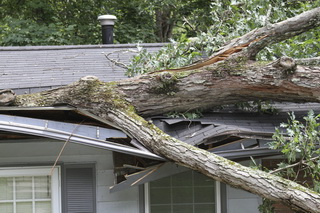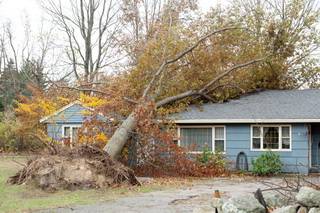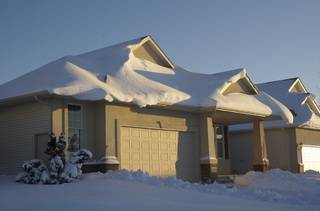Attorneys, insurance adjusters and home owners seek Civil and Structural engineering experts’ opinions not only when problems arise from construction or material defects, design or construction deficiencies, improper installation or maintenance, product failure, and fires but also after natural disasters such as blizzards, hurricanes, tornadoes & earthquakes. They also sometimes seek assistance with Code Compliance after a storm.
Many insurance companies want to know whether wind or water caused the damage or if the structure was not built to code. If a storm causes a tree to knock a hole in the roof and water seeps inside, that is usually covered in a standard homeowner policy. However, when water seeps up through the basement floor from saturated ground or is flooded from a storm caused by a local river or creek overflowing, those may not be covered. Some home and building owners involved in a hurricane may argue the water was propelled by the wind causing the damage rather than flooding. Also, a sagging roof could mean leaking occurred due to damage from the weight of the snow after a blizzard, or the sagging occurred because the building materials were not up-to-code, or due to poor roof maintenance a leak occurred.
Sometimes the cause of damage is easily determined but is not always straight forward. Therefore, a structural engineer should inspect the home or building to determine the origin and cause of the damage but also to make sure it is safe for habitation.
Some standard items the home or building owner can look at after a storm to help ascertain if they require a structural investigation are:
1. Is the basement foundation cracked? Look both inside and outside.
2. Do the walls or floor have ¼ inch cracks or are they uneven in the corners?
3. Can you open the doors and windows easily? Are there cracks around their edges?
4. Is the house leaning? Look from across the street to get a good perspective.
5. Also from across the street, look at the roof ridge. If it sags on an end or in the middle, load bearing walls may have shifted.
Overall, the home or building may have withstood the storm; however, concrete can develop cracks. If the crack runs on a severe diagonal, this can mean a compromised foundation which requires a structural engineer to do an inspection.
After storms, it is important to note that even small cracks let water into the home/building interior and if let go, they can be expensive to repair. When caught early, epoxies injected into the cracks helps stop water intrusion.
CED engineers investigate structures damaged by natural disasters such as earthquakes, hurricanes, tornadoes, blizzards and floods. We provide investigations and cause & origin analyses to determine the extent of the damage caused by these weather related events. Our reports detail the inspection and analysis as well as a review of the applicable building codes. Call us at 800-780-4221 to discuss your case.






